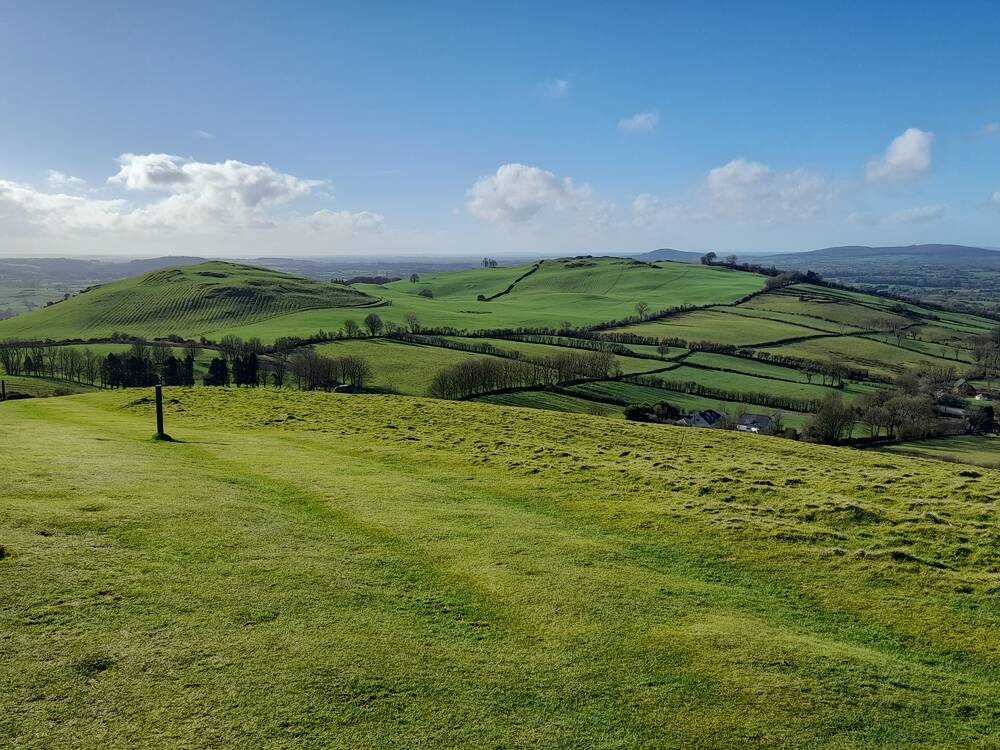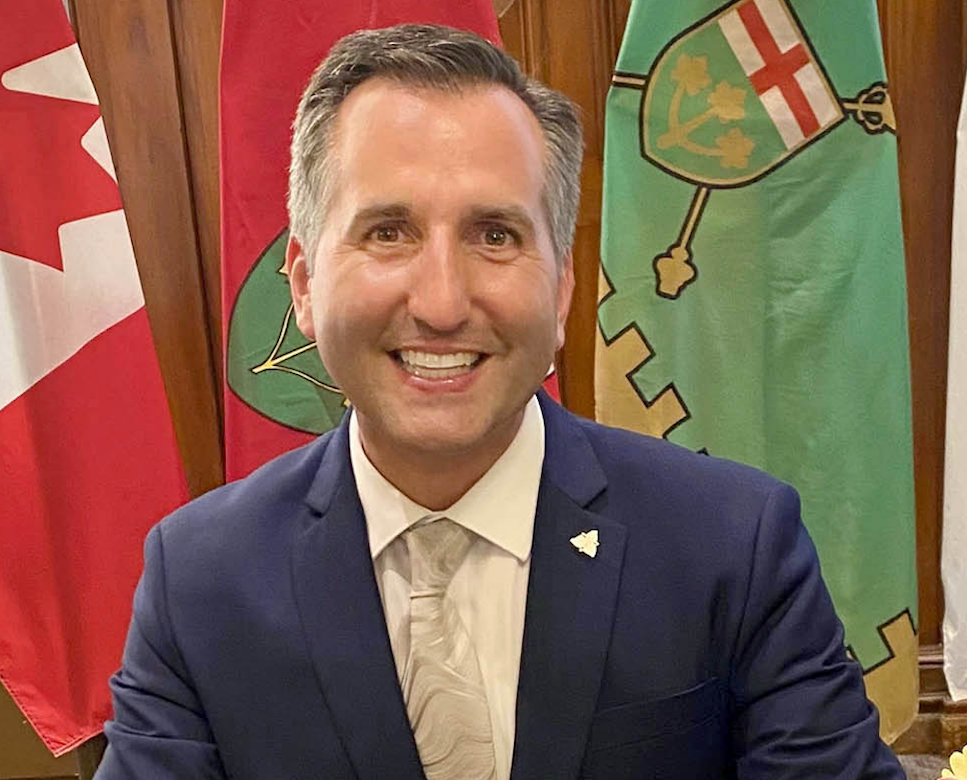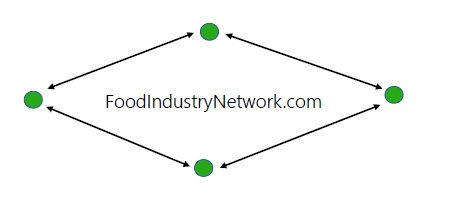What is Europe’s Nature Restoration Law?

Last summer the European Union committed to revitalizing a significant percentage of its natural land and seascapes through the adoption of its Nature Restoration Law. Hailed as major and much needed progress by many, including environmental non-governmental organizations and green political parties, the Restoration Law has garnered a mixed reception from the farming community.
Why it matters: The European Union’s Nature Restoration Law will have a profound impact on Europe’s farmers – some of which could be positive.
Read Also


Trevor Jones is Ontario’s new minister of Agriculture, Food and Agribusiness
Trevor Jones, Chatham-Kent-Leamington MPP, is Ontario’s new Minister of Agriculture, Food and Agribusiness in a cabinet shuffle announced this afternoon…
The European Union describes the Nature Restoration Law as a key element of it’s overarching Biodiversity Strategy – legislation setting binding targets to restore degraded ecosystems, and particularly “those with the most potential to capture and store carbon and to prevent and reduce the impact of natural disasters.”
Under the Restoration Law, member countries must take steps to conserve at least 20 per cent of land and sea areas by 2030, and “all ecosystems in need of restoration” by 2050.
Currently, the EU assesses 80 per cent of the continent’s habitats are in poor condition, with “alarming” rates of ongoing decline. Government resources say concerted efforts to restore wetlands, rivers, forests, grasslands, marine ecosystems and the species they host will increase biodiversity, improve the continent’s carbon footprint, build resiliency against natural disasters, and mitigate environmental risks to food security.
A number of specific targets are included within the Restoration Law. This includes but is not limited to pollinator targets – reversing the decline of and achieving an increasing trend in pollinator populations – as well as agricultural ecosystem targets – increasing grassland butterflies and farmland bird, improving organic carbon stocks in cropland soils, increasing the share of agricultural land with high-diversity landscape features, and the restoration of peatlands currently drained for agricultural use.
How is it being adopted?
Molly Garvey, a freelance strategist, communicator, and sustainability researcher working in Ireland’s food and agriculture sector, says the Restoration Law is not the first time Europe has tried to set land aside for nature recovery. However, the critical characteristic of the latest legislation is the stated targets are binding.
“Europe is a unique organizational structure where 27 member states have agreed through treaties to accept European Law as primary over national law,” says Garvey. “Once something has gone through the lengthy, arduous process of legislation and is finally law, then it’s up to each member states to transpose the law, or figure out how the law can be best applied in the nation state context.”
“There are deadlines for meeting agreed goals, and then there are penalties that can be enforced if you don’t meet the deadlines. This is happening less and less, but it can happen.”
Adding context, Garvey says the Nature Restoration Law is also part of a wider suite of policies proposed as part of the European Union’s Green Deal, enacted under the last European Parliamentary cycle.
“It covered energy, construction, and food. The food policy package was under ‘Farm to Fork.’ It also proposed severely reducing pesticides, developing a sustainable food system framework, and not accepting products that are a product of deforestation.”
Farmer reaction and involvement
With each member country free to develop its own strategy for achieving targets, Ireland has set up a nature restoration committee – a body of experts to oversee, analyze and recommend how the Restoration Law can be implemented. Representatives from agriculture and fisheries are among scientists and environmental groups in the six-person body. Similarly, Denmark has established an environmental restoration strategy called “The Green Tripartide Agreement” through a committee comprised of farmers, government and civil service representatives, and environmental non-governmental organizations.
While agricultural representatives are involved in both Ireland and Denmark’s approach, perspectives remain mixed.
Frederick Thalbitzer, a Danish agriculture journalist and chair of the European Network of Agriculture Journalists, says Denmark’s Green Tripartide Agreement has widespread support among the majority of Danish legislators. The details of the Agreement were agreed upon after four months of negotiations between farmers (a group Thalbitzer says is generally classified as right-wing) and environmental groups (left-wing), as well as representatives of government and civil society. Endorsement from both sides makes it more difficult for future governments and political parties to reject it, providing long-term stability.
Such consensus, says Thalbitzer, is not to be taken lightly given how wide-reaching and ambitious Denmark’s strategy is. A carbon tax has been applied to cattle, for example, with both carrots and sticks offered to help and coerce farmers into reducing herd emissions. More than 10 per cent of the country’s agricultural land will also eventually be converted to naturalized areas such as forests – some of which will remain in private hands, while other parcels will be acquired by the state.
“It is really enormous. Farmers would have to give up their land but they would be compensated,” says Thalbitzer. “A majority [of farmers] would say ‘OK, this is what we have to do. It’s the best deal we could get, and we will get the compensation for our land.’”
In Ireland, opposition to the Restoration Law on the part of farmers was initially very significant because the Law, as initially drafted, was significantly more ambitious than what has since been adopted.
As described by Claire Mc Cormack, agriculture journalist and media researcher at University College Dublin, the original Restoration Law suggested Ireland would have to rewet 300,000 hectares of peatland currently being farmed. This spurred a “massive backlash” from Irish farmers who were set to lose a significant amount of land to environmental restoration.
Other aspects of the Restoration Law also helped spurred a series of farmer protests in other member countries, prior to the latest European Union parliamentary elections.
Overall, Mc Cormack believes the wider agricultural pushback spurred legislators to subsequently introduce an “emergency brake” clause that permits the temporary suspension of the Law’s requirements, in event food production and food security were being seriously impacted.
Teagasc, Ireland’s agricultural research, advisory, and educational agency, also provided research showing only 120,000 hectares of peatland would have to be rewetted. Mc Cormack says stakeholders in the Irish agricultural community found this new number more palatable, in part because the target could be accomplished largely on lands already owned by the state.
“The law now that has been passed by the European Commission is a very different version, than the initial version that was proposed,” Mc Cormack says, speaking when only one of the three legislative bodies comprising the European Union governance structure had adopted the Restoration Law.
“It’s become a little clearer about funding as well. Initially it was considered a law…and you’re not going to be compensated for abiding by the law. Now, there’s a lot more talk about how farmers will be compensated for providing nature protection services and things like that.”
Mc Cormack adds engagement between government and the agriculture industry in Ireland now appears more frequent and impactful.
“How will farmers be paid? How will it be implemented? Will it affect property rights? They are the biggest issues,” she says. “The majority of farmers are in favour of nature restoration and looking after their farms and biodiversity. But its how you go about it, and the compensation for it.”
“If there was good compensation put behind this, I think you would get a lot of interest from the sector. But it’s working with stakeholders to design and develop it. Because you need to get buy-in from their peers. That’s really how farmers consider things, consider ‘should I adopt this practice? Will I take up that scheme?’ They’re influenced by their peers, not by what Europe says or what the media says, or by other politicians. They’re influenced by each other. If you have farmers on board, you have a much higher chance of success.”
Source: Farmtario.com


